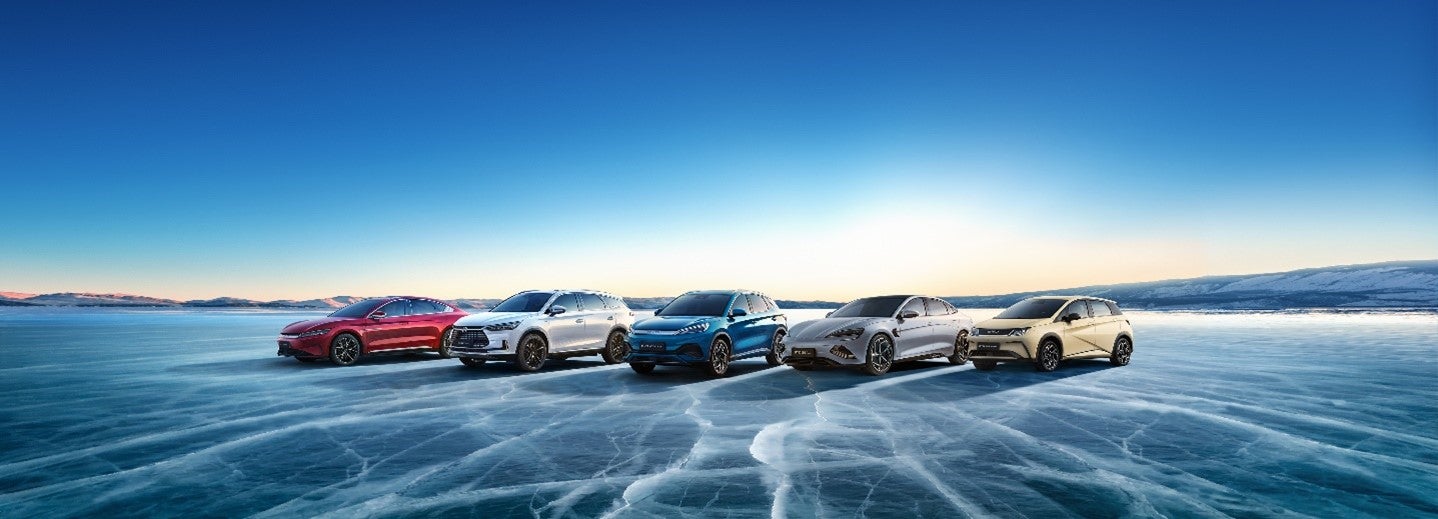
First week of the new month and sales results and analysis for the last couple of months are rolling in. Let’s start with the homeland where twice-yearly plate changes (73 for September) always give a boost. UK sales grew 21% in September with 272,610 registrations in the month, according to the latest figures from the Society of Motor Manufacturers and Traders (SMMT). The 14th consecutive month of growth was also the second busiest of the year after March, with the new number plate delivering its traditional market surge despite a challenging economic backdrop. Growth continued to be driven by large fleets, which rose 40.8% to 143,256 units to reach a market share of 52.5%. The SMMT said this represents a market rebalancing after constrained supply in 2022 restricted deliveries to business and fleet customers. Private consumer demand, meanwhile, also grew, up 5.8% to 122,944 units. As a result, the industry enjoyed its best September since 2020, although registrations remain around a fifth below pre-pandemic levels.
China growth
China continued to surprise on the upside in August. Light Vehicle (LV) wholesales came to 2.56 million units with growth of 7% YoY. At a component level, total PV wholesale volume reached 2.32 million units with growth of 7% in the month. At the same time, the Light Commercial Vehicle (LCV ) sector recovered well, increasing by 11% year-on-year (YoY) to a total of 243k units. On a month-on-month (MoM) basis, PV sales increased by 8%, and LCV sales also increased by 5% in August. Since the beginning of this year, cumulative LV wholesales have reached 17.95million units, an increase of 7%. On the production side, the total LV build in August was 2.50 million units, increasing by 7% YoY. At the vehicle type level, PV output (89% of total LV production) was 2.26 million units in August, which was 58k less than the wholesale volume. PV output in August was up by 6% YoY and increasing by 6% YTD. LCV output was 241k units in August, up 15% YoY and increasing by 11% YTD. YTD (to August) LV production volume came to 17.51 million units, increasing by 7%. With the recent intensive introduction of a series of macro-control policies and measures, enterprises’ confidence in market development has been further enhanced, production demand has recovered synchronously, and major car companies are also constantly launching new products, which will help further release market demand. Hence, we believe that in the next few years, China’s automobile industry will achieve steady growth driven by the growth of exports and new energy vehicles (NEVs). Recently, the Chinese government introduced a number of measures aimed at promoting automobile consumption and stabilising growth in the industry. Seven departments including the Ministry of Industry and Information Technology jointly issued the “Work Plan for the steady growth of the automobile industry (2023-2024)”, which proposed that in 2023, China’s automobile industry will maintain a stable and good development trend and strive to achieve annual car sales of 27 million, an increase of about 3%. In 2024, the operation of the automotive industry will remain within a reasonable range, and the quality and efficiency of industrial development will be further improved.
Japan on the up
Japan’s new vehicle market expanded by 11% to 437,493 units in September 2023 from 395,163 units a year earlier, according to registration data released by the Japan Automobile Manufacturers Association (JAMA). The September result continues an improving market trend from August. The Japanese market accelerated strongly in August after slowing sharply for three straight months previously. The August selling rate reached a robust 5.36 million units/year, up 28% from a weak July. The strong August and September market numbers reflect a big catch-up in production and sales, as sales in June and July were hampered by supply constraints and the severe heat wave across much of the country. While the situation remains fluid, production and supply are returning to the pre-pandemic levels and delivery periods are shortening. It is reported that the waiting period for some popular models, such as the Honda N-Box Mini Car and the Nissan Note, has shortened to one to two months. Buyers of the Honda Civic and Freed still have to wait for three months for delivery, but that’s better than six months quoted in May. Some models, however, still have a long delivery period, including the popular Toyota Aqua hybrid (five months) and the Honda ZR-V hybrid (more than six months). As fuel prices remain very high, demand for hybrids has been rising.
US strong despite strikes
How well do you really know your competitors?
Access the most comprehensive Company Profiles on the market, powered by GlobalData. Save hours of research. Gain competitive edge.

Thank you!
Your download email will arrive shortly
Not ready to buy yet? Download a free sample
We are confident about the unique quality of our Company Profiles. However, we want you to make the most beneficial decision for your business, so we offer a free sample that you can download by submitting the below form
By GlobalDataDespite the strong performance, GlobalData has held the 2023 US market forecast at 15.3 million units. LV sales totaled 1.34 million units in September, according to GlobalData. The annualized selling rate accelerated from 15.1 million units/year in August, to 15.7 million units/year in September, similar to the levels seen in June and July. The daily selling rate was estimated at 51,600 units/day in September, compared to 49,300 units/day in August. After a slightly disappointing August, September appears to have heralded a rebound in activity, with the Labor Day weekend possibly contributing to results that exceeded expectations. According to initial estimates, retail sales totaled around 1.165 million units, while fleet sales accounted for approximately 177k units, representing around 13.2% of total sales, the lowest share for 12 months.
India strong too
The Indian market continued to accelerate strongly, as the August selling rate reached a fresh record high of 5.18 million units/year, up almost 2% from an exceptionally strong July. Wholesales in August were up by 2% month-on-month (MoM) and by 8% year-on-year (YoY) to 413k units. Passenger Vehicle (PV) sales grew by 2% over the previous month to 352k units (+10% YoY), while volumes of Light Commercial Vehicles (LCVs) with GVW up to 6T were at 61k units (+2% MoM, 0% YoY). Meanwhile, retail sales of PVs and LCVs in August increased to 359k units, versus 327k units in July and 337k units in June, according to the Federation of Automobile Dealers Associations (FADA). This upturn was driven by PVs. “In the PV arena, improved vehicle supply, bolstered by expanded customer schemes, has maintained positive market dynamics. Despite such advances, supply chain bottlenecks persist, particularly in timely deliveries. A constrained product range in popular segments, such as midsize SUVs, continues to limit overall potential,” noted FADA President Manish Raj Singhania. Consequently, the inventory levels for PVs surpassed the 60-day threshold in August, establishing an all-time high even before the onset of the 42-day festive period. But that is due at least partially to the mismatch of supply and demand. Apparently, there is sufficient supply of Mini Cars (and lower-end models) while consumers are willing to pay more and asking for upper-level variants with high-tech features. Another reason for higher inventory is that OEMs and dealers are preparing for the festive season, as sales of Mini Cars tend to go up in rural areas during the festivals (which are also a popular wedding season).
Western Europe steady
The Western Europe PV selling rate slowed to 11.4 million units/year in September, registering 1.1 million vehicles (+11.1% YoY). YTD the region has accumulated 8.7 million registrations which is 17.5% higher than the YTD September 2022 total. The five major West European countries continue to recover with improved vehicle supply supporting deliveries. The German PV market performed slightly lower than expected in September 2023 at 225k units, volumes broadly unchanged from the same month last year. The market recorded a selling rate of 2.6 million units/year, with 2.1 million units sold year-to-date — 14.5% higher than Sep 2022 YTD. The UK PV market selling rate experienced a sharp decline in September, falling to 1.6 million units/year from 2.8 million units/year in August, though the seasonality of the market, in combination with delivery constraints, explains the large slowdown. The raw monthly registration figure of 273k units (+21.0% YoY) does represent continued recovery in the UK market though it should be noted though that the latest September figure is still down almost 30% from pre-pandemic 2019 levels.
South Korea falls
Domestic sales by South Korea’s five main automakers combined fell by 6% to 107,017 units in September 2023 from 113,806 a year earlier, according to preliminary wholesale data released individually by the manufacturers. The data did not include sales by low volume commercial vehicle manufacturers while import brands will be covered later. The vehicle market had begun to weaken in recent months as consumers and local businesses came under increasing pressure from higher borrowing costs following last year’s sharp interest rate hikes, from 1.25% to 3.5% currently. Strong market growth seen in the first half of 2023 was driven mainly by an easing of last year’s supply chain bottlenecks which allowed automakers to catch up with order backlogs, and also significant new model activity, particularly by the leading domestic automakers.
Chinese dive into Russia
Russian vehicle sales were up by 120.5% in September versus last year, according to local industry data sources. The Russian market is rebounding this year from depleted levels last year after Western brands ended their Russia market operations in 2022, due to Ukraine-related trade sanctions. Chinese brands have subsequently filled the gap with soaring volumes in 2023. The long established Russia market data source – the Association of European Businesses (AEB) – is now supplementing its sales data with an additional source. Starting from July 2023, the AEB data has been supplemented with sales data provided by PPC JSC (Passport industrial consulting), including, among other things, sales volumes not included in AEB statistics. This, the AEB maintains, will make it possible to give a ‘more objective assessment of the state of Russia’s new car sales market and its dynamics’. According to the AEB Automobile Manufacturers Committee, based on data from automakers and official importers, light vehicle sales for the three quarters of the year increased by 26.1% to 638,678 units.
Cadillac back to Europe
GM sold its mainstream European brands Opel and Vauxhall and factories to what is now Stellantis which has done rather well with new models based on its own platforms, including EVs. Now Cadillac, which struggled to make any progress with a series of private importers, is returning to Europe with the electric Lyriq, according to Bloomberg. The automaker reportedly is taking orders for the battery electric sport utility vehicle in Switzerland with deliveries to start in the first half of 2024. Over the next two years, the brand plans to launch electric models in Sweden, France and three more European countries. Bloomberg noted GM had kept a low profile in the region for the past years, importing only a small number of vehicles.
New boss for BMW’s Rolls-Royce
Rolls-Royce said this week CEO Torsten Mueller-Otvos would retire on 30 November 2023, succeeded by Chris Brownridge, currently BMW UK CEO. Torsten joined the automaker in 2010, and is its longest-serving CEO since Claude Johnson, who brought Charles Rolls and Henry Royce together in 1904.
EU v China on EVs
China’s ministry of commerce has expressed its strong dissatisfaction with the European Union’s (EU) announcement last month it planned to launch an investigation into government subsidies for electric vehicles (EVs) entering its markets. EU president Ursula von der Leyen in a state of the union address at the European Parliament in Strasbourg last month announced an investigation would be launched into state subsidies provided to Chinese EV manufacturers, fearing EU based vehicle manufacturers would be undermined by the artificially low prices of Chinese EVs. The subsidy investigation was formally launched this week.
Autoliv chops more jobs
Autoliv said this week its global jobs cut programme will add an additional 300 indirect employees in China, Japan, Sweden and the US plus closure of an office in the Netherlands. Last June, the safety equipment specialist said it would cut up to 2,000 indirect employees and in July, detailed a reduction of 1,100 indirect and direct employees. The additional 300 workers will mostly leave before the end of 2023.
Have a nice weekend.
Graeme Roberts, Deputy Editor, Just Auto



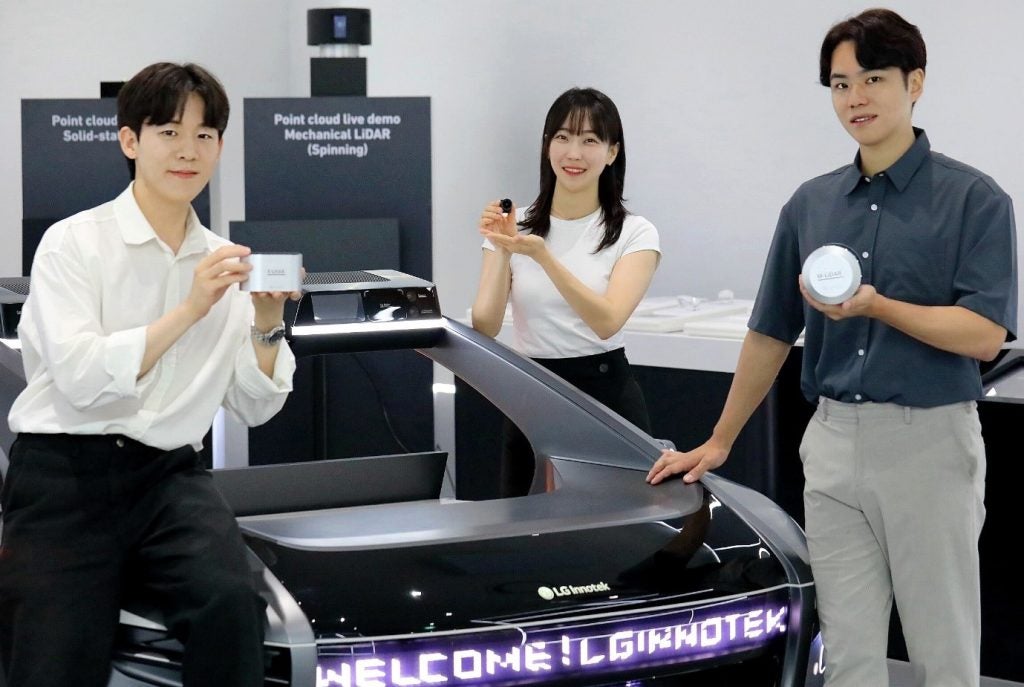
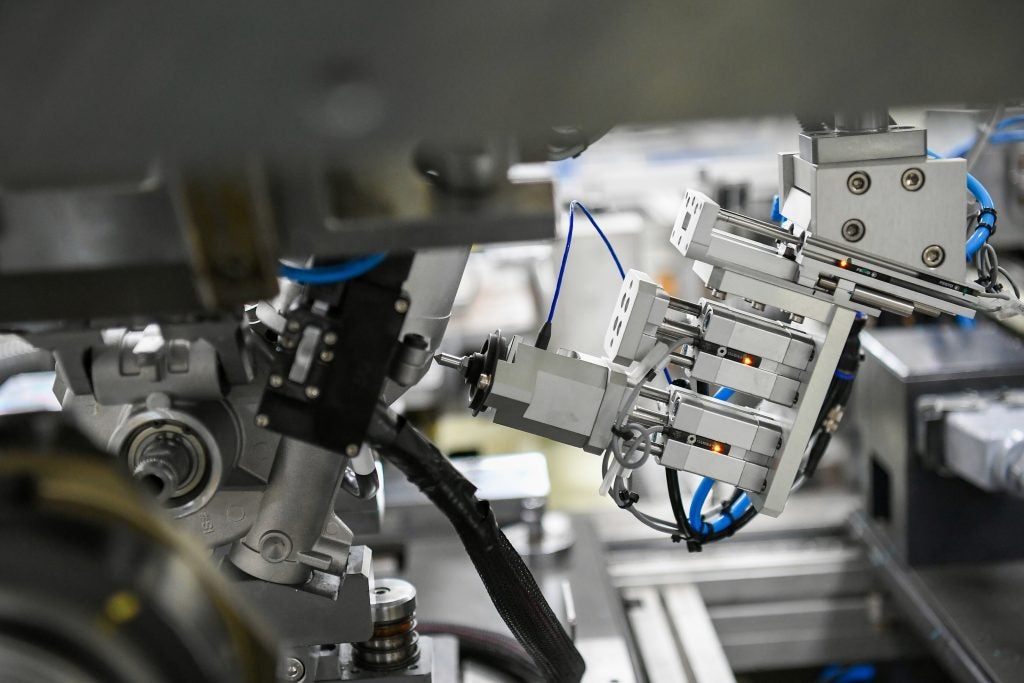
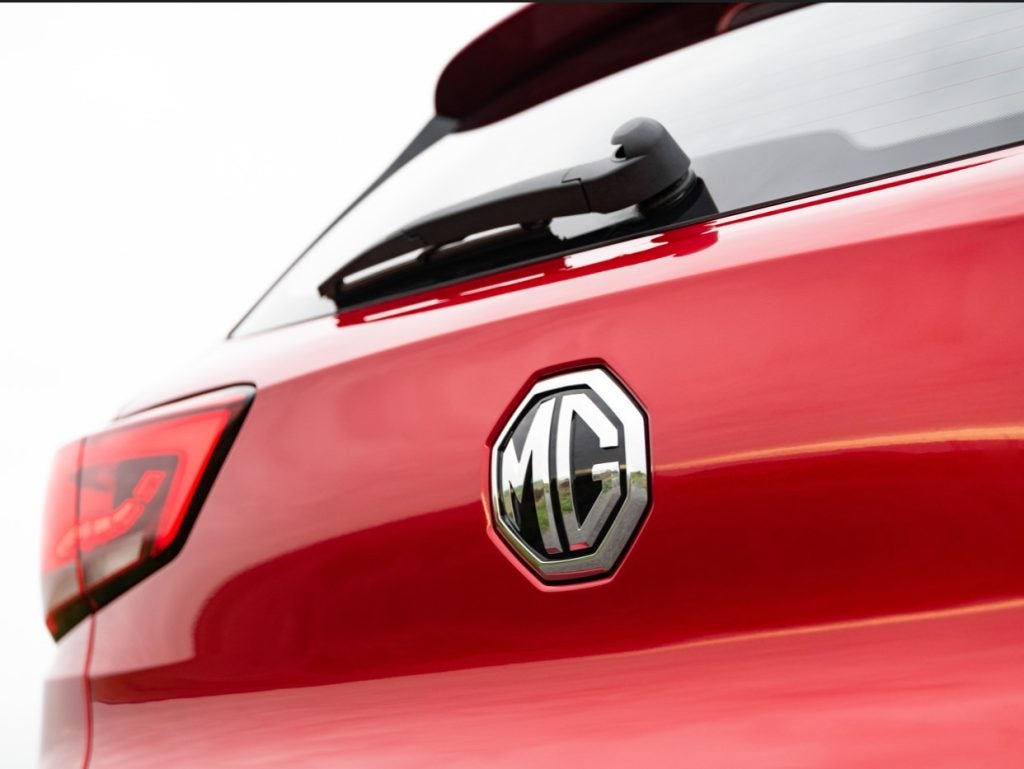
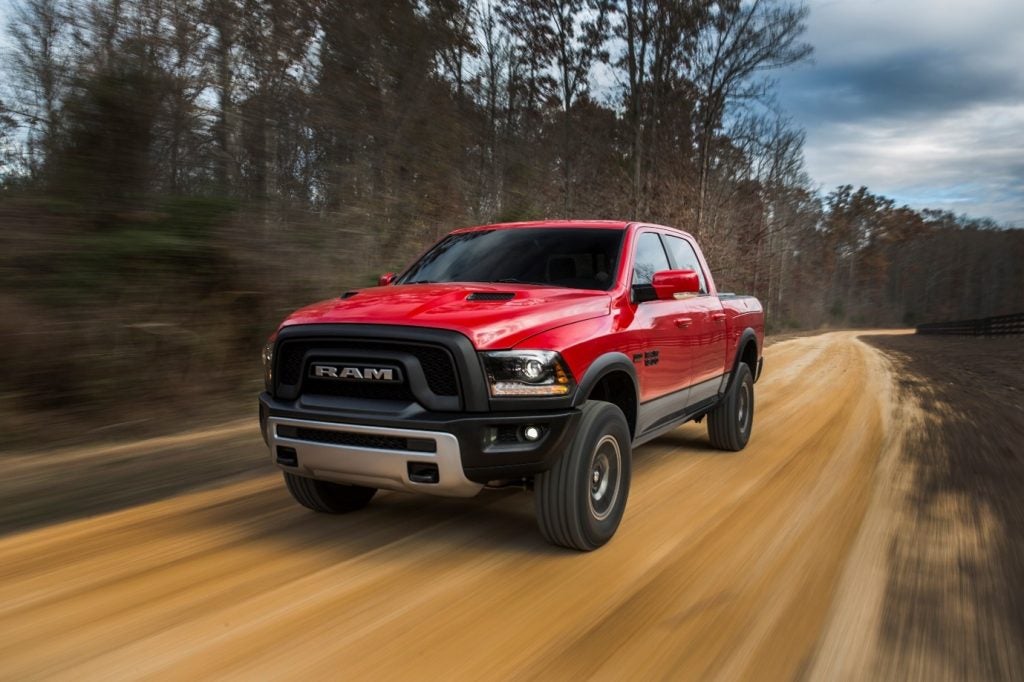

Related Company Profiles
Stellantis NV
Rolls-Royce Holdings Plc
Autoliv Inc